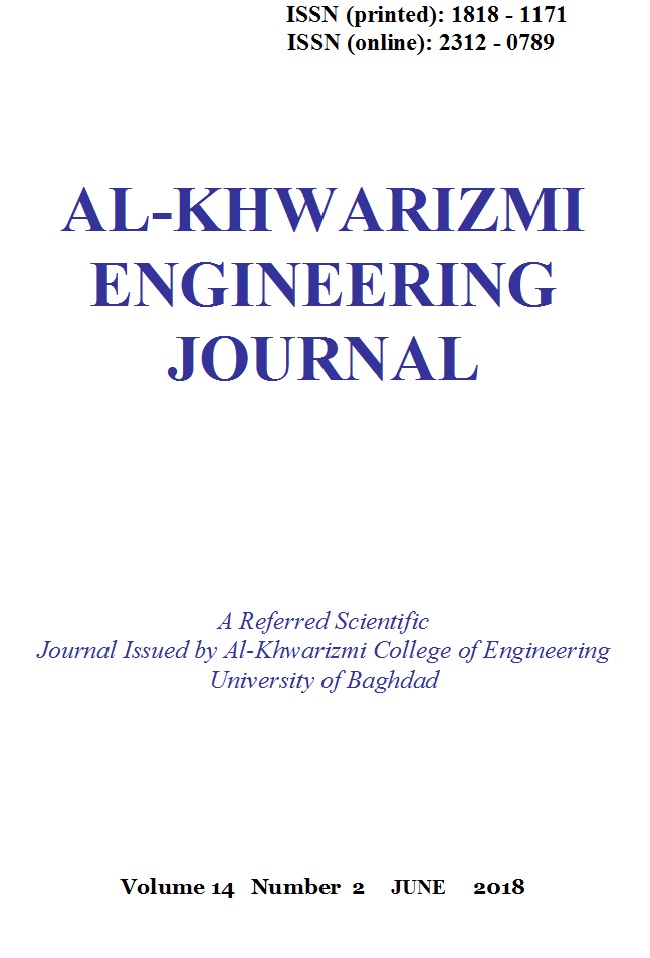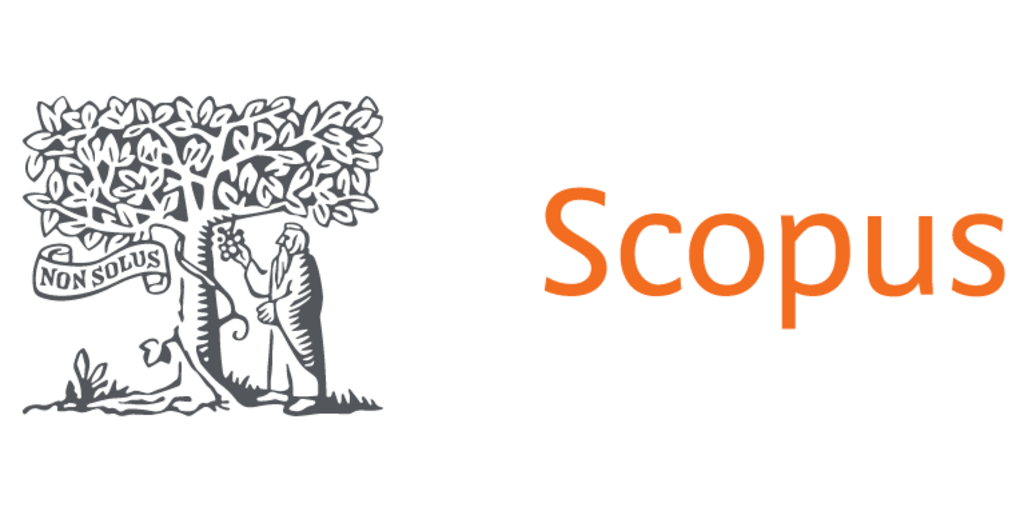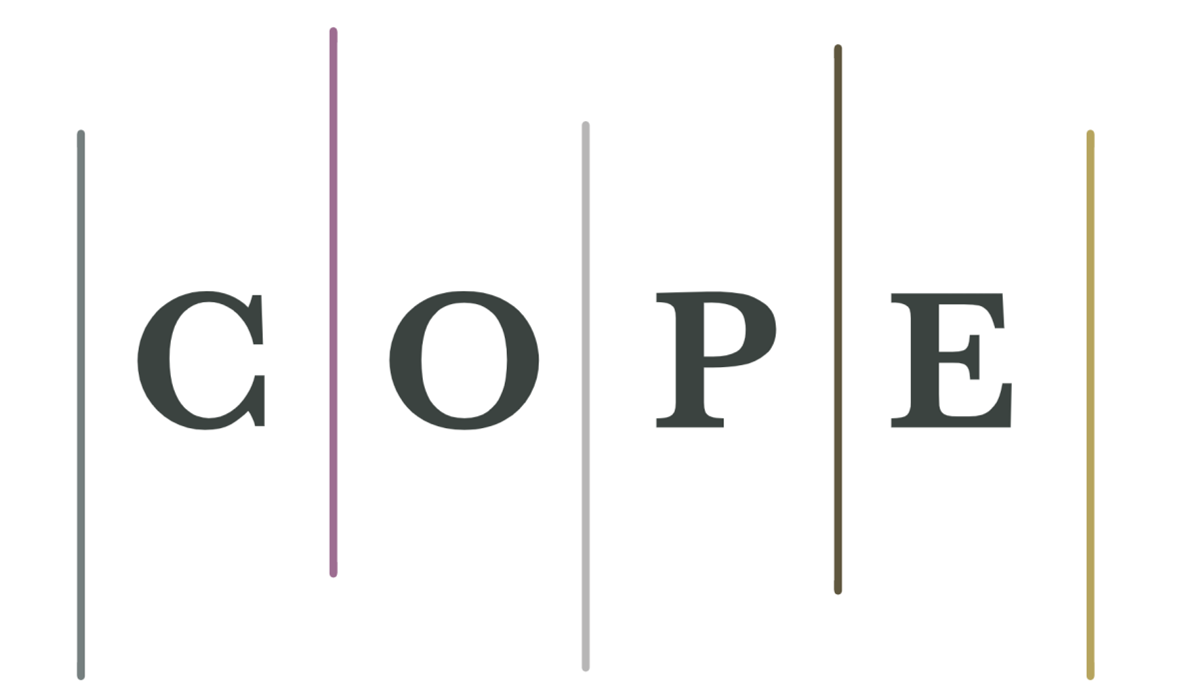Optimization of Diffusion Bonding of Pure Copper (OFHC) with Stainless Steel 304L
.
DOI:
https://doi.org/10.22153/kej.2018.11.002Abstract
This work deals with determination of optimum conditions of direct diffusion bonding welding of austenitic stainlesssteel type AISI 304L with Oxygen Free High Conductivity (OFHC) pure copper grade (C10200) in vacuum atmosphere of (1.5 *10-5 mbr.). Mini tab (response surface) was applied for optimizing the influence of diffusion bonding parameters (temperature, time and applied load) on the bonding joints characteristics and the empirical relationship was evaluated which represents the effect of each parameter of the process. The yield strength of diffusion bonded joint was equal to 153 MPa and the efficiency of joint was equal to 66.5% as compared with hard drawn copper. The diffusion zone reveals high microhardness than copper side due to solid solution phase formation of (CuNi). The failure of bonded joints always occurred on the copper side and fracture surface morphologies are characterized by ductile failure mode with dimple structure. Optimum bonding conditions were observed at temperature of 650 ◦C, duration time of 45 min. and the applied stress of 30 MPa. The maximum depth of diffuse copper in stainless steel side was equal 11.80 µm.
Downloads
Downloads
Published
Issue
Section
License
Copyright: Open Access authors retain the copyrights of their papers, and all open access articles are distributed under the terms of the Creative Commons Attribution License, which permits unrestricted use, distribution, and reproduction in any medium, provided that the original work is properly cited. The use of general descriptive names, trade names, trademarks, and so forth in this publication, even if not specifically identified, does not imply that these names are not protected by the relevant laws and regulations. While the advice and information in this journal are believed to be true and accurate on the date of its going to press, neither the authors, the editors, nor the publisher can accept any legal responsibility for any errors or omissions that may be made. The publisher makes no warranty, express or implied, with respect to the material contained herein.
















